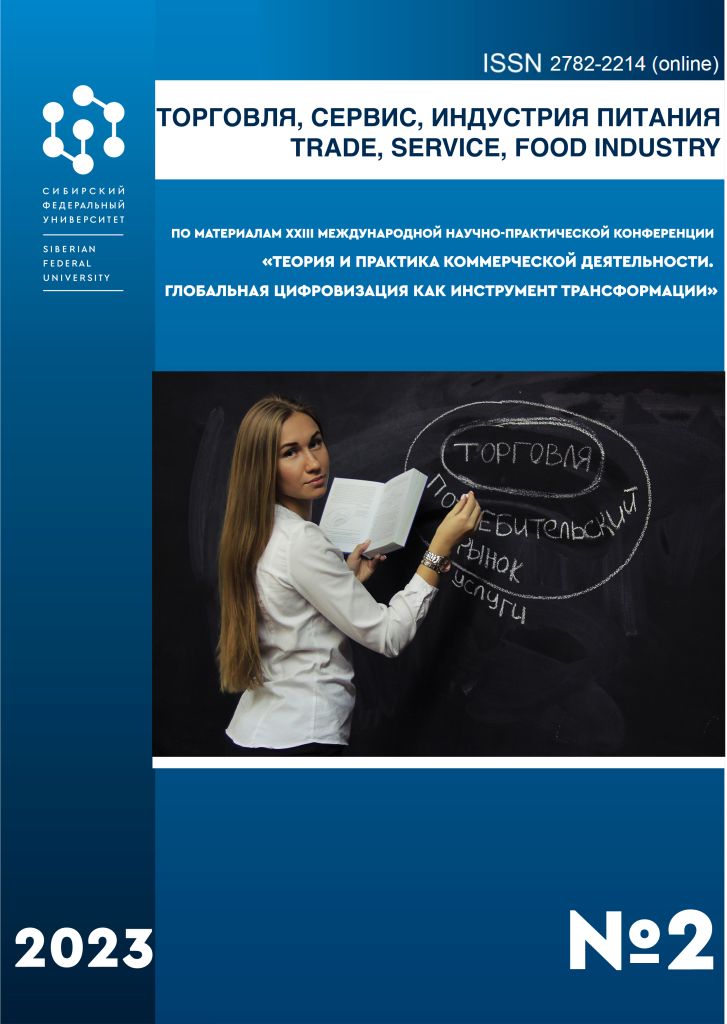Saint Petersburg, Russian Federation
UDC 519.816
This article discusses the use of fuzzy set theory and Bayesian networks as effective tools for assessing the risks of innovative projects. The purpose of the study is to determine the effectiveness of the use of these tools in this area. The paper describes risk assessment methods, analyzes the main results, and formulates conclusions in the context of substantiating the novelty of the presented approach. The research includes a comparative analysis of statistical methods and methodologies based on fuzzy sets and Bayesian networks for risk assessment. The theory of fuzzy sets makes it possible to consider uncertainty and fuzziness in risk assessment, which is especially important in an unstable economic environment. Bayesian networks, in turn, allow you to consider the relationship between various data and factors, which helps to make more accurate forecasts and calculations. These methods can be used both individually and in combination, which makes it possible to significantly improve the quality of risk assessment. The main results of the study indicate that the use of fuzzy set theory and Bayesian networks will allow more accurate determination of the probability of occurrence of risks and their consequences, which makes risk management in innovative projects more effective. The conclusions of the work indicate the possibility of using these tools for risk assessment in innovative projects, which is an innovative approach in this area. The article has a scientific novelty and may be useful to entrepreneurs, managers, analysts and any other professionals working in the field of innovation or interested in this topic.
innovative project, risk in an innovative project, risk assessment of an innovative project, fuzzy set theory, Bayesian networks
1. Doronin, S. N., Vasiliev, A. O., Burenkova, T. V. (2006). Ensuring the economic security of the innovative activity of the enterprise. Moscow : MCFER, 160 (in Russian).
2. Fedotova, G. V., Manchenko, T. A. (2011). Features of innovation risk assessment. Finance and credit, 10(442), 52-61 (in Russian).
3. Grebenkin, A. V., Shkurko V.E. (2008). Risk assessment of innovative projects based on the theory of fuzzy sets. Innovation, 7, 117-121 (in Russian).
4. Yushina, K. S. (2018). Application of fuzzy set theory in risk analysis of investment projects. International Conference on Soft Computing and Measurement, 2, 494-497 (in Russian).
5. Anshin, V. M., Demkin, I. V., Tsarkov, I. N., Nikonov, I. M. (2008). Application of the theory of fuzzy sets to the problem of forming a portfolio of projects. Problems of risk analysis, 3, 9-10 (in Russian).
6. Musina, V. F. (2013). Bayesian belief networks as a probabilistic graphical model for economic risk assessment. Proceedings SPIIRAN, 25, 235-254 (in Russian).
7. Roshchin, A. V. (2019). A methodology for assessing the risks of innovative activity based on Bayesian networks. Problems of enterprise development: theory and practice: Collection of articles of the VI International Scientific and Practical Conference. Penza : Penza State Agrarian university, 171-176 (in Russian).
8. Belozersky, A. Yu., Kakatunova, T. V., Ivanova, I. V. (2011). Using the apparatus of fuzzy Bayesian networks to assess innovation risks. Transport business of Russia, 2, 43-46 (in Russian).








